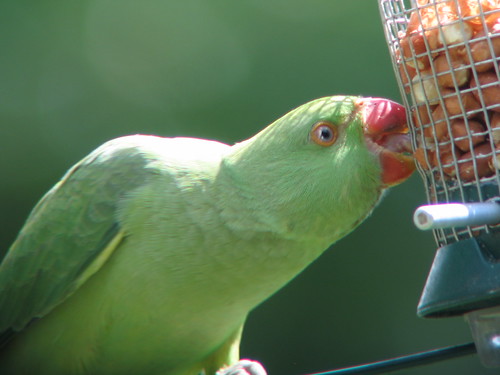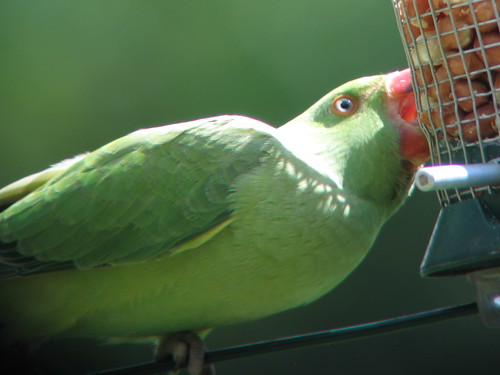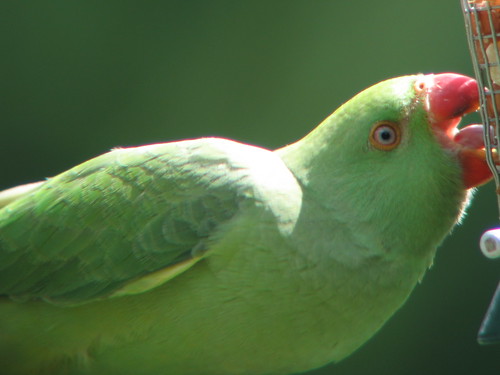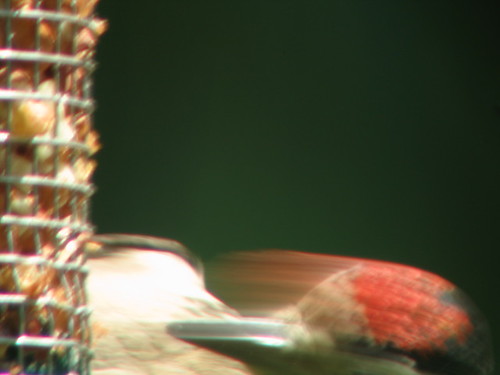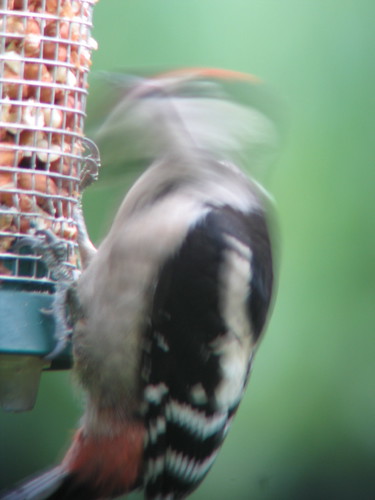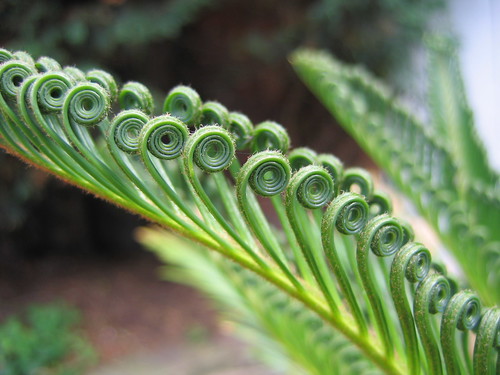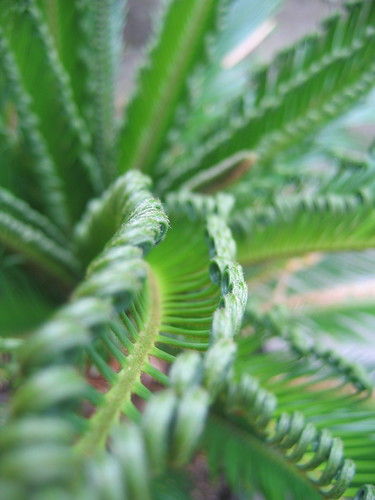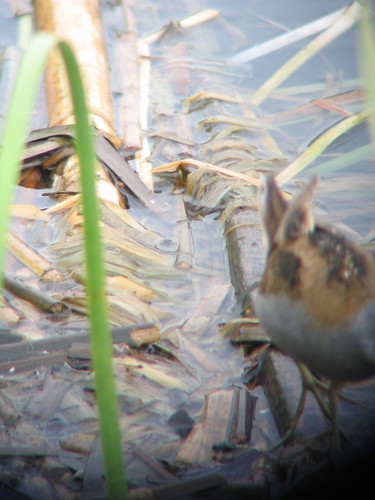I heard an owl last night, for the first time in years. I think there are quite a few tawny owls in London—they’re a basically woodland species and fairly well suited to a suburban mix of woodland, park and gardens. A few years ago I used to hear them quite regularly here, but as I say this is the first for a long time. I guess it’s probably a young bird dispersing from its parents’ territory.
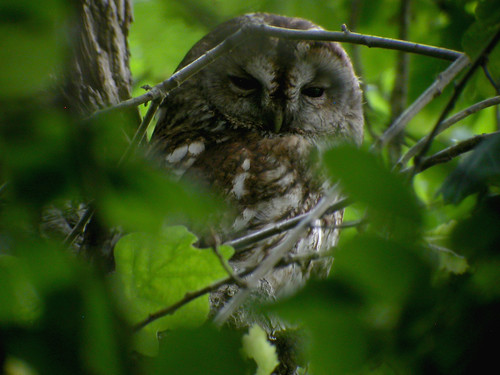
Tawny Owl, Sparham Pools (Norfolk), 24-May-07, originally uploaded by Dave Appleton.
There’s something incredibly atmospheric about hearing animal calls at night. It’s hard not to hear the quavering calls as somehow mournful, although presumably the owls aren’t actually permanently depressed. It makes a change from foxes; we’ve got a lot of young foxes around at the moment (one wandered into the house the other day) and they make a complete racket.
From Love’s Labour’s Lost:
WHEN icicles hang by the wall
And Dick the shepherd blows his nail,
And Tom bears logs into the hall,
And milk comes frozen home in pail;
When blood is nipt, and ways be foul,
Then nightly sings the staring owl
Tu-whoo!
Tu-whit! tu-whoo! A merry note!
While greasy Joan doth keel the pot.
When all around the wind doth blow,
And coughing drowns the parson’s saw,
And birds sit brooding in the snow,
And Marian’s nose looks red and raw;
When roasted crabs hiss in the bowl—
Then nightly sings the staring owl
Tu-whoo!
Tu-whit! tu-whoo! A merry note!
While greasy Joan doth keel the pot.
Most of Shakespeare’s owls are referred to as screeching or shrieking; indeed he sometimes calls them ‘screech-owl’. Those are probably barn owls. But ‘tu-whit tu-whoo’ is the call of the tawny owl. In fact it’s the call of a pair of tawny owls; the female does the ‘tu-whit’ followed immediately by the male saying ‘tu-whoo’. That wasn’t what I heard last night, though; mine was saying ‘hoo… hu-hu-hu-hoo’. So it was just a male owl on its own.
And on an unexpectedly sinister note; according to Wikipedia “This species probably injures more people than any other European bird. It is fearless in defence of its nest and young, and strikes for the intruder’s face with its sharp talons. Since its flight is silent, at night in particular it may not be detected until too late.”
